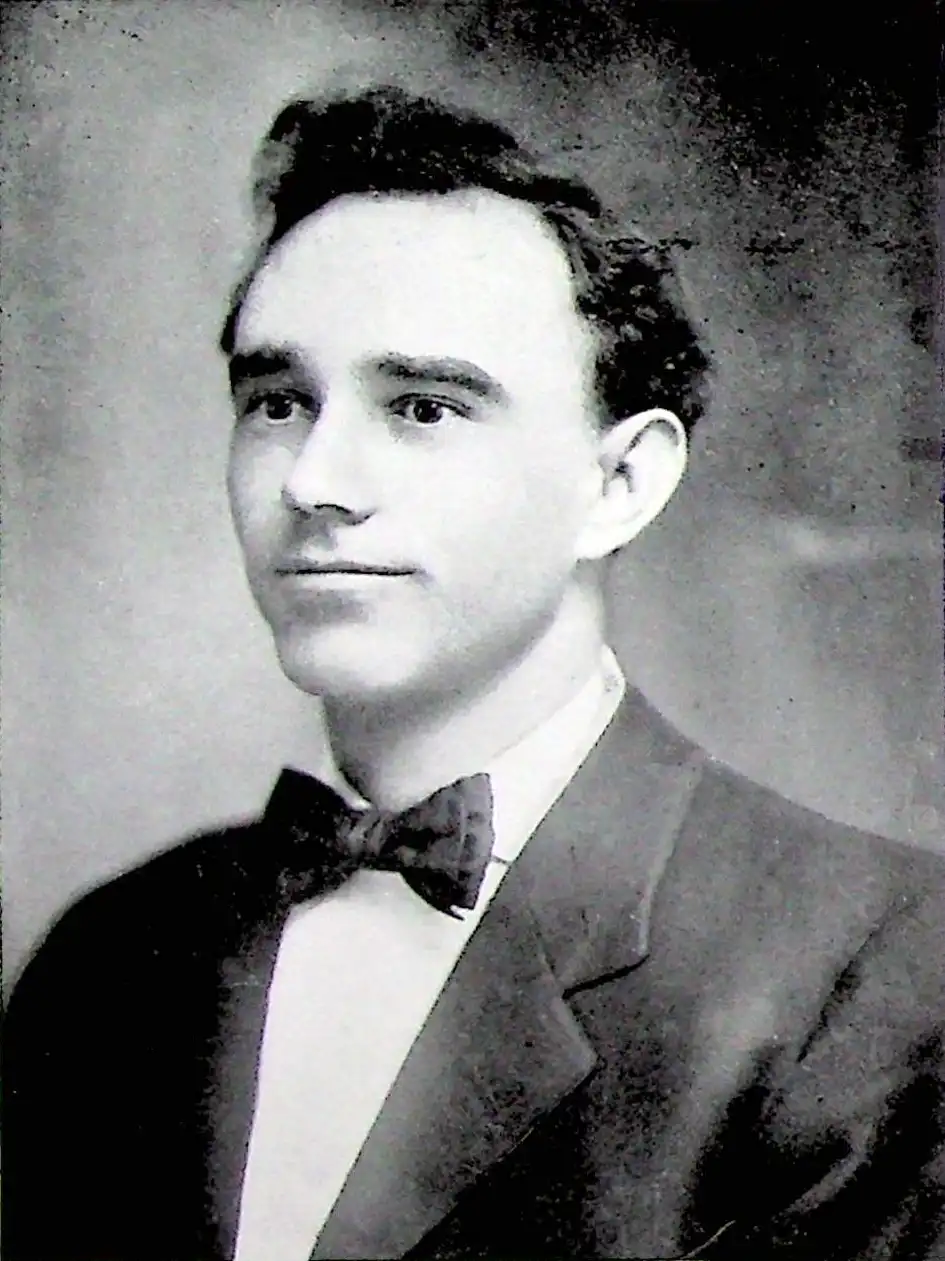Haygood Stadium (1936)

Namesake
Dates
- Built: 1936
- Removed: 1970 (Razed)
Map
History
One of several projects completed in 1936 was the construction of an athletic facility on the site of Haygood Field, just across Tenth Street from Haygood Gymnasium.
Haygood Field had not been used for home games from 1932 through 1935 because of a local arrangement by the three educational institutions in Arkadelphia to play their games on the same field. Despite the Depression in 1932, Ouachita, Henderson, and Arkadelphia High School pooled their resources to provide for the installation of floodlights at A. U. Williams Field on the Ouachita campus, only a short distance east of the Henderson practice field, the "old Haygood Field". In October, 1932, for the first time, Arkadelphia could now have "the latest of sports fads, the night game."
Charles D. Johnson of Ouachita, President Womack, and superintendent L. M. Goza of the Arkadelphia Public Schools constituted the governing board of the Field, which arranged playing schedules and controlled the use of the Field. All three had agreed to have the lights installed on Williams Field because of its better stadium.
The three institutions shared the initial cost and future upkeep on a ratio of 3-3-1, with O.B.C. and H.S.T.C. sharing equally and A.H.S. sharing one unit. The total cost of approximately $2,000, which included $1,650 for equipment and $350 for installation and insurance, was to be paid in two years. The equipment was the latest design; the lights had diffused reflectors to prevent a direct glare. The poles were "so placed that vision was unobstructed and the maximum amount of light was obtained," so that even a night track and field meet was possible. Experts agreed that Williams Field was "one of the best lighted in the State" and that visibility was "exceptionally good".
However, after using A. U. Williams Field under these arrangements for all home games, Henderson filed an application in September, 1935, with an office of the Works Progress Administration to improve Haygood Field. The College applied for a stadium; cinder track; dressing room; two separate gridirons, with one for practice and the other for games; and lighting equipment.
After receiving word on November 23, 1935, of the approval of the application, President Womack announced that work would begin immediately on clearing the site for the two grandstands, one on the north side of the field and one on the south side. Each would be 150 feet long, capable of seating 2,000 persons. In each stand, a wide promenade would separate the first two rows of seats for a reserved section from the "unreserved section". Upon further consideration of the funds available, the College decided to change its request for a "dressing room" to a modern field house to be built on the southwest corner of the Field.
By December, 1935, workers had razed the old grandstand and board fence and built tool houses. Student workers assisted in the preparation of the grounds; they filled in the old road between the parking field and Haygood Field; they did all kinds of work on the site to get it ready for the new stadium.
Of the $55,000 spent on the project, the W.P.A. furnished $45,043.26; Henderson furnished $9,956.74. The College incurred no debt in process.
On September 25, 1936, the College dedicated the new stadium before the first home game. Introduced by President Womack, Mrs. Lillian R. Haygood spoke briefly in the pregame ceremony. The Reddies "dedicated" the new Haygood Stadium by defeating the Magnolia Muleriders 39-0.
In another project relating to Haygood Stadium and financed by the Works Progress Administration, Henderson was able to construct dormitory rooms for men under the two grandstands, the work beginning in December, 1938. College and W.P.A. officials decided on this plan for additional rooms because such construction was less expensive than separate buildings. Borrowing the idea from Louisiana State University, Henderson became the first college in Arkansas to effect such a plan for dormitory rooms.
The project provided 18 rooms with double beds and large closets well as "four large rest rooms." The new rooms were "in a quiet place conducive to study, and at the same time convenient to the rest of campus". By April, 1939, the stadium project was almost completed; and the rooms were already being occupied. This arrangement lasted until the completion of the three new dormitories in 1951, and men no longer lived in the rooms beneath Haygood Stadium.
For an improvement in the athletic facilities, the College constructed a press box on the North grandstand in October, 1950.The 16 foot long box contained two sections. A 10-foot section housed the broadcasting booth; the 6-foot, the public address system and the press. Both sections were "soundproof, with plate glass windows and projecting blinds." The press box had walls of galvanized roofing, painted gray; it had encased wiring and "inset ceiling lights to provide safety and light, with a connection for electric heating." The press box also housed the control panel for the electric scoreboard.
After the construction of the new Haygood Stadium in 1969, the old Haygood Stadium and most of the rock work on the west end of the Field were removed by Patton Wrecking and Demolition in 1970 for $6,500. Some of the rocks were saved by Henderson alumna and coach Bettye Wallace; decades later they were used to construct a historical marker for the old field near what is now Caplinger Hall.
